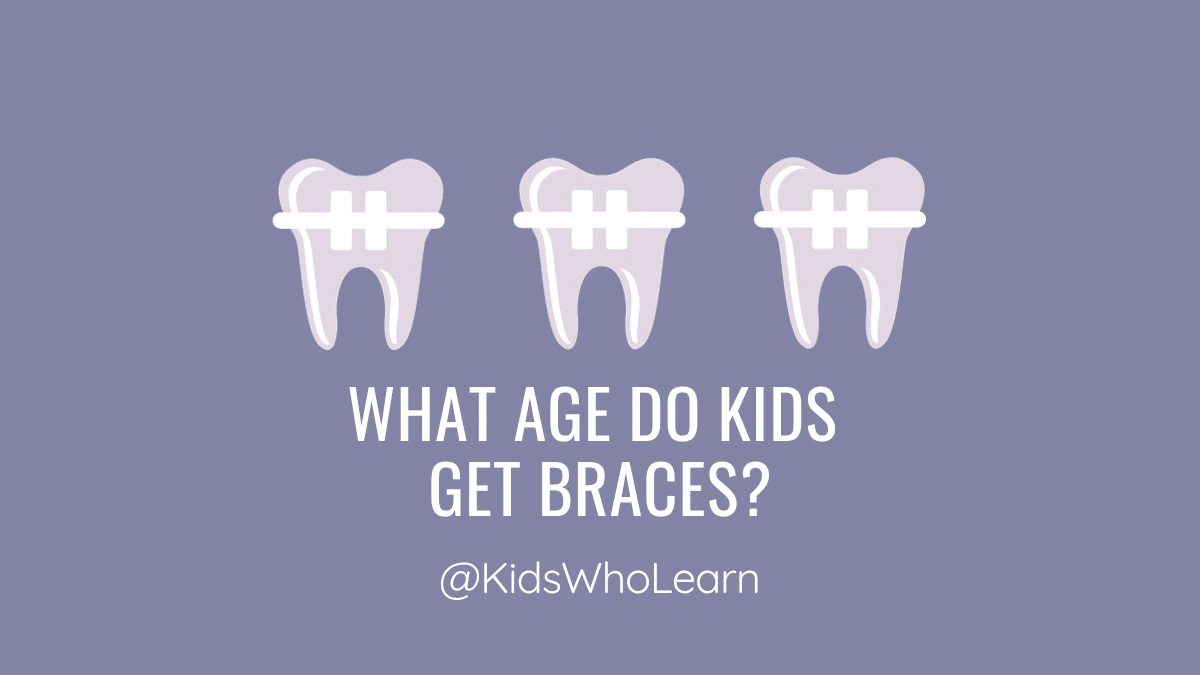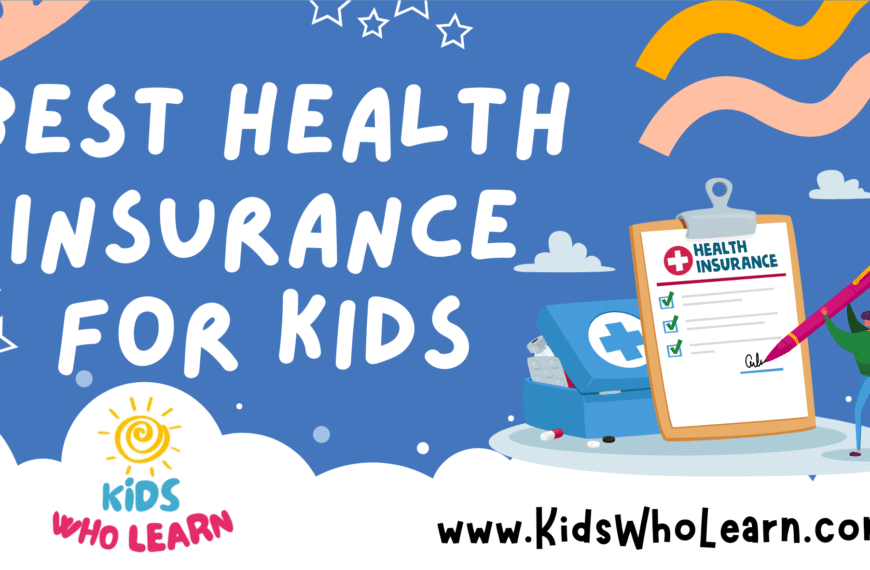Many parents wonder what age their child should get braces to correct any dental issues. The answer can vary depending on the individual child’s needs and the recommendation of their orthodontist. Understanding the basics of orthodontics and the process of getting braces can help parents make an informed decision about the right age for their child to get braces.
Orthodontics is a branch of dentistry that focuses on correcting misaligned teeth and jaws. Braces are a common orthodontic treatment that uses brackets, wires, and bands to apply gentle pressure to teeth over time, gradually shifting them into the correct position. The process of getting braces typically involves several appointments with an orthodontist to evaluate the child’s dental needs, take X-rays and impressions of their teeth, and install the braces.
Determining the right age for braces depends on several factors, including the child’s dental needs, the severity of any dental issues, and the child’s age and stage of dental development. In general, most children get braces between the ages of 10 and 14, when their adult teeth have fully grown in but are still pliable enough to be shifted into the correct position. However, some children may need braces earlier or later depending on their individual needs.
Key Takeaways
- Orthodontics is a branch of dentistry that focuses on correcting misaligned teeth and jaws.
- The process of getting braces involves several appointments with an orthodontist to evaluate the child’s dental needs, take X-rays and impressions of their teeth, and install the braces.
- The right age for braces depends on several factors, including the child’s dental needs, the severity of any dental issues, and the child’s age and stage of dental development.
Understanding Orthodontics
What are Braces?
Braces are orthodontic devices that are used to align and straighten teeth. They consist of brackets, wires, and bands that work together to apply pressure to the teeth, gradually moving them into the desired position. Braces can be made of various materials, including metal, ceramic, and plastic.
Why Do Kids Need Braces?
Kids may need braces for a variety of reasons, including:
- Crooked or misaligned teeth
- Overcrowding
- Overbite or underbite
- Jaw problems
Braces can help correct these issues, resulting in a healthier, more functional bite and a more attractive smile. In some cases, braces may also be used to address speech problems or to prevent future dental issues.
Overall, orthodontic treatment can have a significant impact on a child’s oral health and self-confidence. By understanding the basics of orthodontics and the benefits of braces, parents can make informed decisions about their child’s dental care.
Determining the Right Age for Braces
When it comes to determining the right age for braces, there are several factors that come into play. Here are some things to consider:
Factors Influencing the Decision
There are several factors that orthodontists consider when deciding whether a child needs braces, including:
- Crowding or spacing issues in the teeth
- Overbite or underbite
- Crossbite
- Jaw misalignment
- Thumb-sucking or other oral habits
- Speech issues
Orthodontists will also consider the child’s age, as well as their dental and skeletal development.
Average Age for Braces
The American Association of Orthodontists recommends that children have an orthodontic evaluation by the age of 7. However, the average age for getting braces is between 9 and 14 years old.
At this age, most children have lost their baby teeth and their permanent teeth have come in, making it easier to spot any issues with their dental alignment. Additionally, the jaw is still growing, which can make it easier to correct any misalignments.
It’s important to note that every child is different, and there is no one-size-fits-all answer to when a child should get braces. An orthodontist will evaluate each child on an individual basis and determine the best course of treatment for them.
In summary, determining the right age for braces depends on several factors, including the child’s dental and skeletal development, as well as any issues with their teeth or jaw alignment. The average age for getting braces is between 9 and 14 years old, but every child is different and should be evaluated on an individual basis by an orthodontist.
Process of Getting Braces
Consultation
Before getting braces, the child will need to have a consultation with an orthodontist. During this appointment, the orthodontist will examine the child’s teeth and take X-rays to determine the best course of treatment. They will also discuss any concerns or questions the child or parent may have and explain the process of getting braces.
Fitting of Braces
Once the orthodontist has determined that braces are necessary, the fitting process will begin. First, the teeth will be cleaned and dried. Then, brackets will be attached to the teeth using a special adhesive. The orthodontist will then thread a wire through the brackets and secure it with small rubber bands.
After the braces are in place, the child may experience some discomfort for a few days. The orthodontist will provide instructions on how to care for the braces and what foods to avoid. The child will also need to attend regular appointments with the orthodontist to have the braces adjusted and ensure that the treatment is progressing as planned.
Overall, the process of getting braces can take several months to a few years, depending on the severity of the child’s orthodontic issues. However, with proper care and regular check-ups, braces can help create a healthy, beautiful smile that will last a lifetime.
Life with Braces
Adjusting to Braces
Getting braces can be a big adjustment for kids, especially during the first few weeks. The brackets and wires may cause some discomfort, and eating certain foods may be difficult. However, with a little patience, most kids get used to their braces within a month or two.
During the first few days after getting braces, kids may experience some soreness in their mouth. This is normal and can be relieved with over-the-counter pain medication. Soft foods, such as soup, mashed potatoes, and yogurt, can be easier to eat during this time.
It’s important for kids to avoid certain foods while wearing braces, such as hard candy, popcorn, and sticky foods. These can damage the brackets and wires, leading to longer treatment times and additional appointments.
Oral Care with Braces
Taking care of braces requires a little extra effort, but it’s important to maintain good oral hygiene during treatment. Kids should brush their teeth at least twice a day, using a soft-bristled toothbrush and fluoride toothpaste. Flossing should be done at least once a day, using a floss threader to get between the wires and brackets.
Kids should also avoid sugary and acidic foods, which can lead to tooth decay and damage to the braces. Regular dental check-ups and cleanings are important to ensure the teeth and braces are in good condition.
In addition to brushing and flossing, kids may need to use special tools to keep their braces clean. These include interdental brushes, which can be used to clean between the brackets, and orthodontic wax, which can be applied to the brackets to prevent irritation.
Overall, life with braces can require some adjustment, but with good oral care and a little patience, kids can achieve a healthy, beautiful smile.
Conclusion
In conclusion, getting braces is a common dental treatment for children who have issues with their teeth. The ideal age for getting braces varies depending on the individual child’s needs and the recommendation of the orthodontist.
It is important to note that braces require a significant commitment from both the child and their parents. Regular appointments with the orthodontist, daily cleaning, and dietary restrictions are all necessary for successful treatment. However, the end result of a beautiful, healthy smile is well worth the effort.
Parents should consult with their child’s dentist to determine if orthodontic treatment is necessary. If it is, they should seek out a qualified orthodontist who can provide the best care for their child’s individual needs.
Overall, getting braces at a young age can help prevent more serious dental issues later in life. With proper care and attention, children can enjoy a lifetime of healthy, beautiful smiles.
Frequently Asked Questions
How much do braces cost for kids?
The cost of braces for kids varies depending on the type of braces, the length of treatment, and the location of the orthodontist. On average, traditional metal braces cost between $3,000 and $7,000. Ceramic braces can cost between $4,000 and $8,000, and lingual braces can cost between $8,000 and $10,000. Invisalign, a clear aligner system, can cost between $3,000 and $8,000. Insurance may cover some or all of the cost of braces, so it’s important to check with your insurance provider.
What is the best age to get braces for a child?
The American Association of Orthodontists recommends that children have their first orthodontic evaluation by the age of 7. This doesn’t mean that all children need braces at this age, but it allows the orthodontist to identify any potential problems and plan for treatment if necessary. The best age for a child to get braces depends on their individual needs and the recommendation of their orthodontist.
Can a 7 year old get braces?
It is possible for a 7 year old to get braces, but it’s not common. Most children don’t start treatment until they are between the ages of 9 and 14. However, if a child has severe orthodontic problems, their orthodontist may recommend starting treatment earlier.
Can a 8 year old get braces?
It is possible for an 8 year old to get braces, but it’s not common. Most children don’t start treatment until they are between the ages of 9 and 14. However, if a child has severe orthodontic problems, their orthodontist may recommend starting treatment earlier.
Can a 9 year old get braces?
It is possible for a 9 year old to get braces, and it’s more common than getting braces at age 7 or 8. This is because many orthodontic problems become apparent around this age, and early treatment can help prevent more serious problems from developing.
Can a 10 year old get braces?
It is possible for a 10 year old to get braces, and it’s a common age for children to start treatment. By this age, most of the permanent teeth have come in, and the orthodontist can begin to correct any bite or alignment issues.







